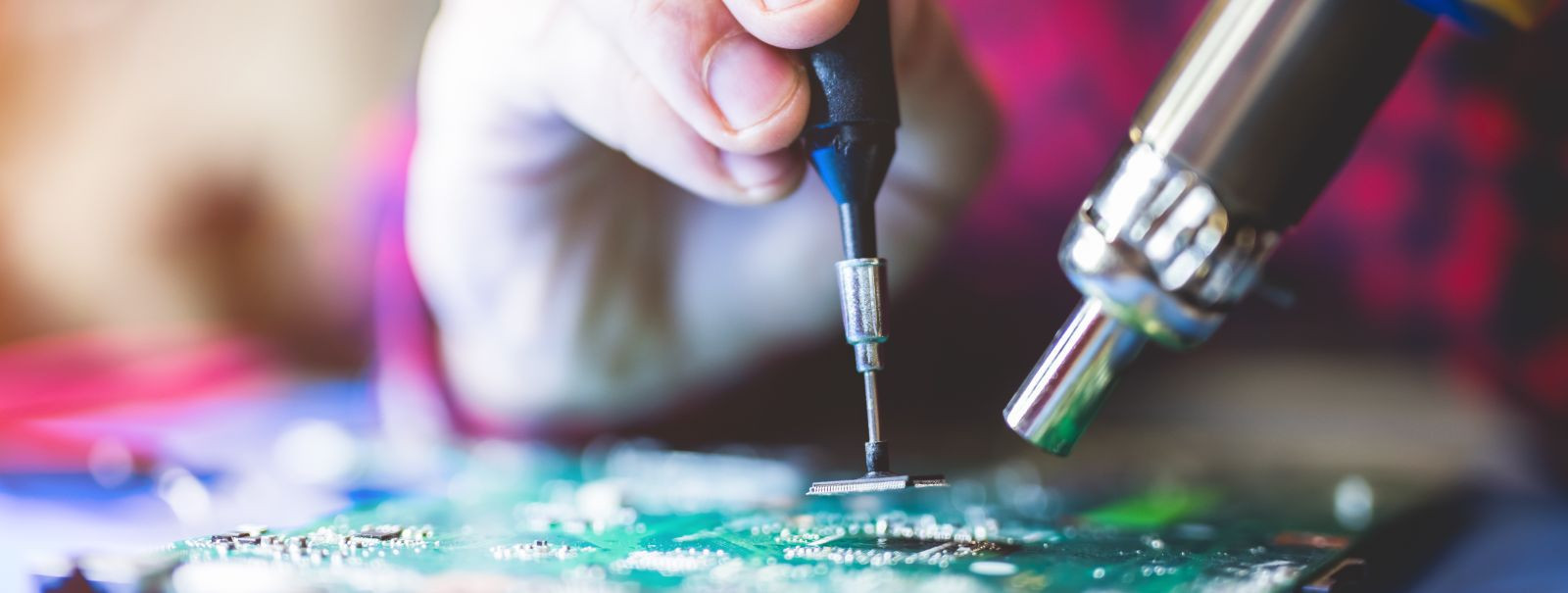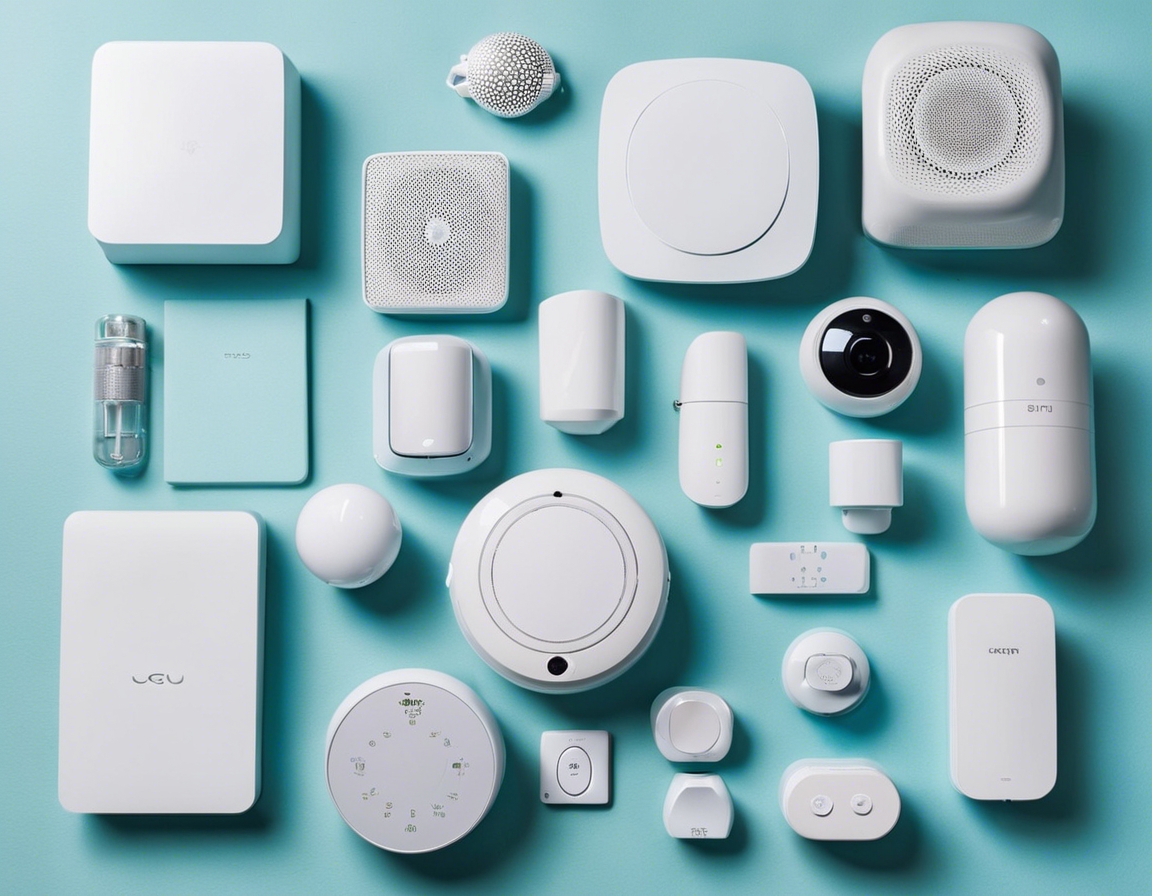5 essential tools every electronics hobbyist needs
Embarking on the journey of electronics as a hobby can be as thrilling as it is intricate. With the right tools, hobbyists can transform their innovative ideas into tangible projects. Here are five essential tools that every electronics hobbyist should have in their arsenal to ensure success in their endeavors.
1. Soldering Iron
Soldering irons come in various shapes and sizes, each designed for specific tasks. From simple pencil-type irons to soldering stations with temperature control, knowing the differences is crucial for precise work.
When selecting a soldering iron, consider the wattage, temperature range, and tip compatibility. A good quality soldering iron with adjustable temperature settings can make a significant difference in the quality of your soldering joints.
Accessories such as soldering stands, tip cleaners, and flux are also vital for a complete soldering setup. These tools help maintain the longevity of your equipment and improve the overall soldering experience.
2. Multimeter
Multimeters are indispensable for diagnosing and troubleshooting circuits. They can measure voltage, current, resistance, and sometimes even capacitance and frequency.
When shopping for a multimeter, look for features like auto-ranging, true RMS reading, and safety ratings. A durable build and a clear display are also important for fieldwork and lab use.
Understanding how to use a multimeter safely is paramount. Always start with the highest measurement setting and work your way down to prevent damage to the multimeter or the circuit you're testing.
3. Wire Strippers and Cutters
Accurate wire stripping and cutting are essential for making reliable connections. A clean cut and strip can prevent shorts and other electrical issues.
There are various types of wire strippers, including manual, automatic, and multi-functional models. Each type has its advantages, and the choice often depends on the user's preference and the task at hand.
Quality wire cutters should be sharp, comfortable to hold, and made of durable materials to withstand the rigors of repeated use.
4. Breadboards and Prototyping Boards
Breadboards are a great way to start prototyping electronic circuits without soldering. They allow for easy insertion and removal of components, making them ideal for testing and modifying circuit designs.
Using breadboards can save time and resources during the design phase. They also make learning electronics more accessible by simplifying the process of circuit construction.
Once a design is finalized, transferring it to a prototyping board, where components are soldered into place, can create a more permanent and robust version of the circuit.
5. Oscilloscope
Oscilloscopes are sophisticated tools that allow hobbyists to visualize electronic signals. They are crucial for understanding the behavior of circuits, especially when dealing with analog or high-speed digital signals.
When selecting an oscilloscope, consider bandwidth, sample rate, and the number of channels. A good oscilloscope should be intuitive to use and offer the necessary features for your specific projects.
While oscilloscopes can be complex, taking the time to learn how to use them effectively can greatly enhance your ability to diagnose and improve your electronic designs.







Comments (0)